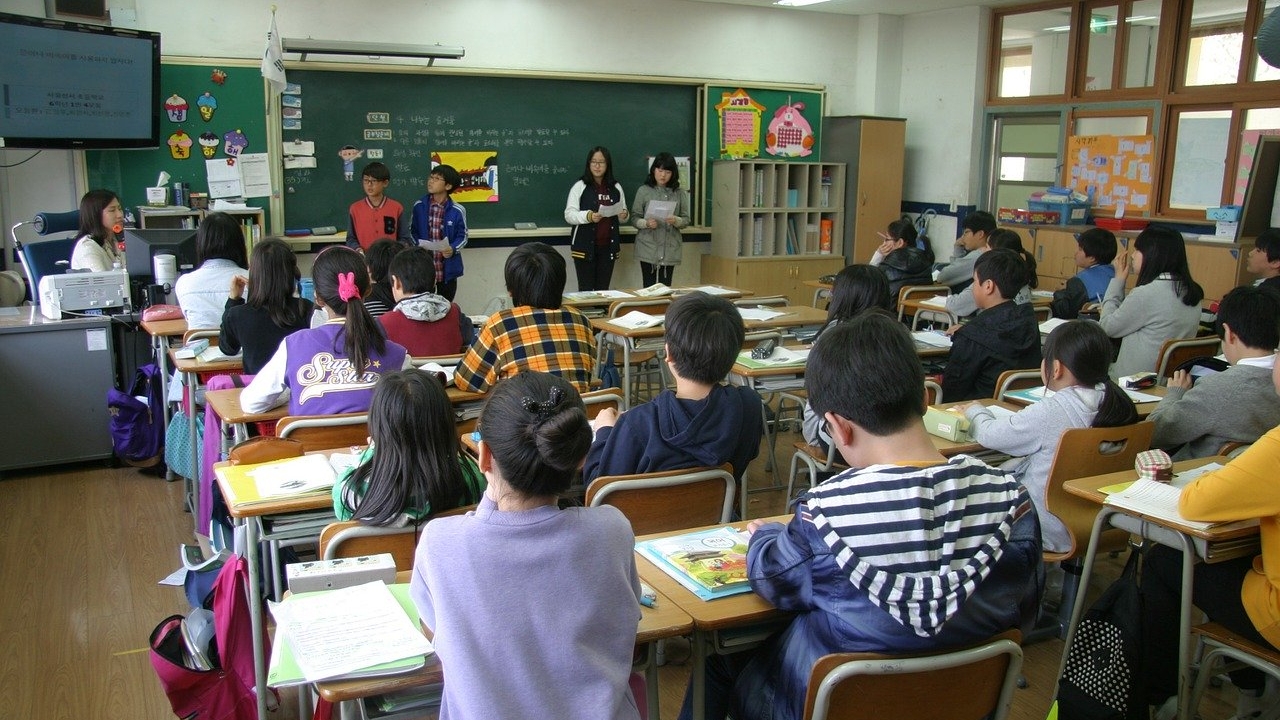
Systems thinking for kids [Thinking is hard series]
This article is part of the Thinking is hard series from Buster Benson, offering insights into the cognitive biases that distort our thinking, and exploring related topics such as debate, persuasion, and systems thinking.
System thinking is coming up in my zeitgeist a lot. It’s an idea that in many ways goes against typical rational thought, and sometimes even scientific thinking.
We are taught as kids to break a problem down. Do you want to know how a train works? Take it apart and try to understand its parts: engine, tender, levers, wheels, whistle, boiler, chimney, etc. Do you want to know how our bodies work? Take it apart and try to understand its parts: heart, brain, stomach, lungs, hands, feet, etc.
Science and dissection are closely linked. To analyze a part of something you have to isolate it, measure it, cut it.
And yet, systems thinking encourages just the opposite. Want to understand a human? Consider it within its community and society. Want to understand a society? Consider it within its environment, geographic constraints, and historical context. Want to understand a historical context? Look even more broadly and inclusively.
In systems thinking, there is no other.
There’s no taking something apart because the other parts are crucial to understanding any one part.
We have a water leak somewhere in our plumbing. This last weekend we were talking about the mystery about where the water could be coming from. Niko (five years old) got excited and said, “I know where it’s coming from!” And then, “It’s coming from the wall in the basement!”
I’ve been trying to find a way to teach systems thinking to a five year old. As far as I can tell there aren’t any great resources out there already. Please leave a comment here if you know of one.
There are many options. Gardening is a good intro to systems thinking if you show how dirt can turn into life, and life can turn into dirt. We don’t usually focus on that, though. We’re taught that plants come out of seeds. But seeds are just one part of a plant. It also comes out of the dirt, and the water, and the sunlight. The plant would be nothing if it only had a seed to work with.
I remember learning about the carbon cycle as a kid. It’s such a powerful idea but I feel like we as a culture haven’t told the story in a way that lives up to its amazingness. Why is Wikipedia the best place to learn about one of the most amazing systems in the universe?
There’s a great YouTube series called How To Make Everything. I’ve very much enjoyed the How To Make A Sandwich one:
Perhaps the lack of good resources for teaching kids systems thinking is also an indication that even us adults aren’t completely up to speed on it. One of the only resources that I have found with a great overall summary of the idea is Peter Senge’s The Fifth Discipline. That book is amazing and also covers several of my other favorite topics: mental models, and team learning.
So I am still thinking. How could I teach Niko systems thinking in a way that lived up to its power as a concept and model for all kinds of thinking.
I’m open to suggestions.
Article source: Systems Thinking for Kids. Reproduced by permission.





There is “When a Butterfly Sneezes”. There were a few others in that timeframe (early 2000’s). There was a fabulous newsletter, The systems Thinker”, until it evolved and there was an acquisition. There were man tools, which the new company would have inherited. There is the creative Learning Exchange, and newsletters on the application of ST in K-12 in the US. I enjoyed your article. Good luck.